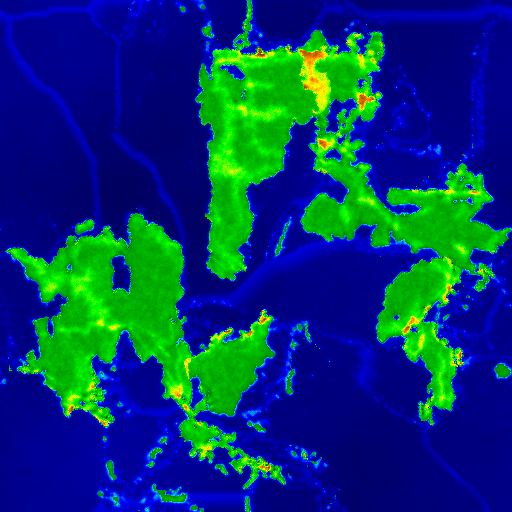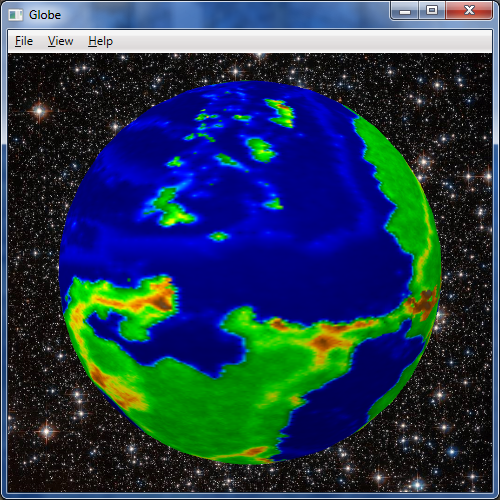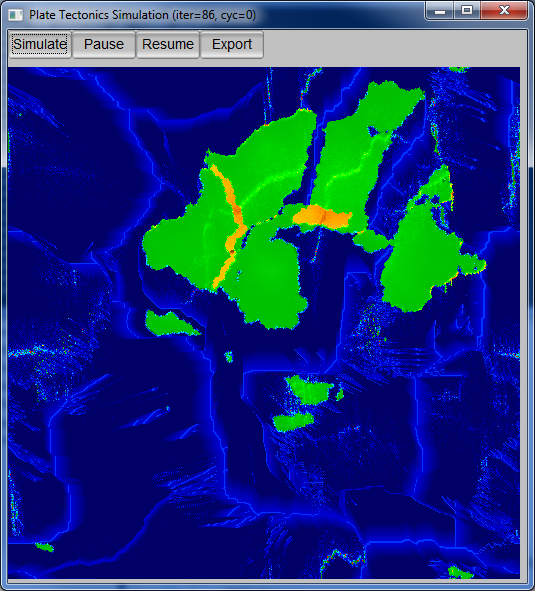The Forbidden Valley - snippet 2
* * *
Despite a long night's sleep, James Marley still felt tired in the morning as he entered the already-warm lobby of the hotel. For the first time in weeks, though, he didn't feel weak
or exhausted.
The clerk at the front desk greeted him as he approached. The man was new, unknown to Marley even after a three week stay, and clearly not a native of India. "Good morning, sir. Can I help you?" From Scotland, Marley guessed from the accent.
"James Marley," he introduced himself. "I'm staying in room 219. Are there any messages for me?"
"Let me check, sir." The clerk turned his back to search for a moment.
Marley really hoped there were. He'd come to India along with Professor Edward Clark and his expedition, but a bit of illness had left him stranded at Umballa for weeks now. He was finally starting to feel like his old self once more, but Clark and the rest of the party had gone ahead.
He'd received only a couple messages from Clark since, one informing him that he learned something at Lahore that was changing the direction of the expedition, then a second from Jammu telling him they were heading north to learn more. And then nothing. For two weeks now.
"Here you are, sir," the clerk said at last, handing him a folded note. It wasn't a telegram like he'd expected, either from Professor Clark or from England.
After the salutation and the briefest of formalities there were only two sentences, and they filled him with dread.
"It is imperative that I speak with you regarding Professor Clark. Please visit at me at the Laurel Bank at your earliest convenience." It was signed by Colonel Creighton of the Ethnological Survey, a man he'd never met but whom Professor Clark had consulted when they'd first stopped in Umballa, the night Marley had fallen ill. The note filled him with vague unease, but he couldn't know more without speaking to the man.
"Thank you," Marley said to the clerk, then left the hotel for the warm streets of Umballa.
It was only a few blocks to the Laurel Bank, which he remembered from his strolls around Umballa in the days since he'd started to feel somewhat better. The sights, sounds, and smells of India went largely ignored as his thoughts kept his mind fully occupied.
"Dear Lord, Professor, please be alive. I don't want to have to explain to Alice that I lost you." She'd specifically charged him with keeping her absent-minded father out of trouble on the Indian jaunt he'd insisted upon taking. Losing him. . . wouldn't be good. "Perhaps this Colonel Creighton has good news."
Soon enough, he was inside the bank, and a native clerk directed him up the stairs to offices. He found the offices of the Ethnological Survey readily enough, and the clerk inside recognized his name at once. "Please wait a moment, Marley-sahib. I shall inform the Colonel-sahib that you have arrived."
A minute later, the clerk came back and led him through a door and into an office. Inside, an average-looking English gentleman stood waiting for him.
"Mister Bailey?"
"Colonel Creighton, I presume?"
copyright (c) The Other Sean

























